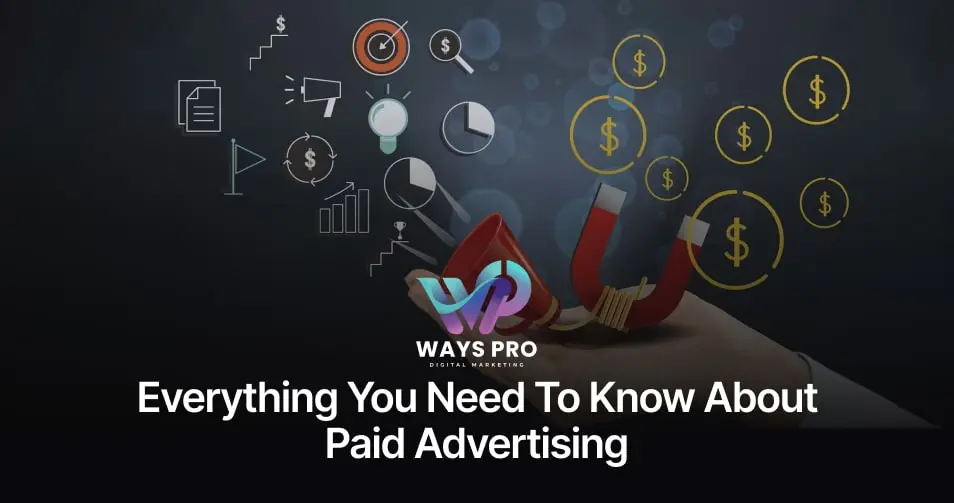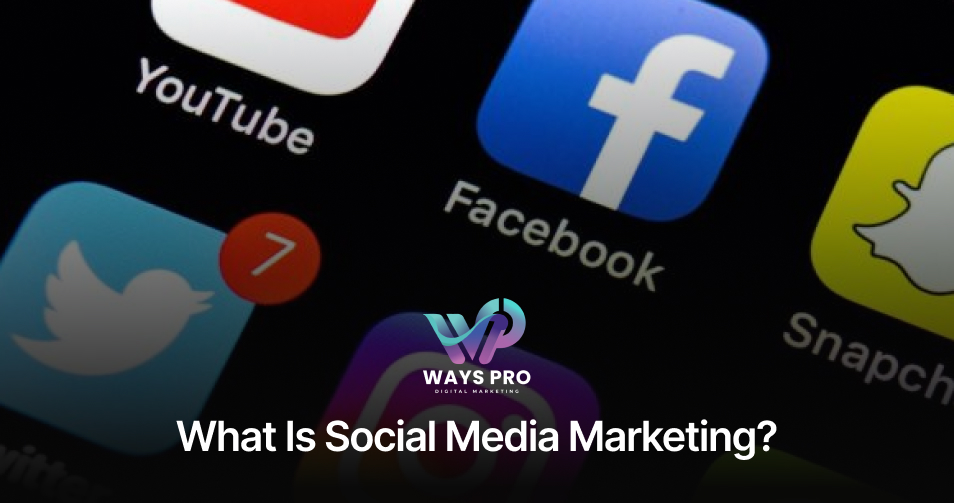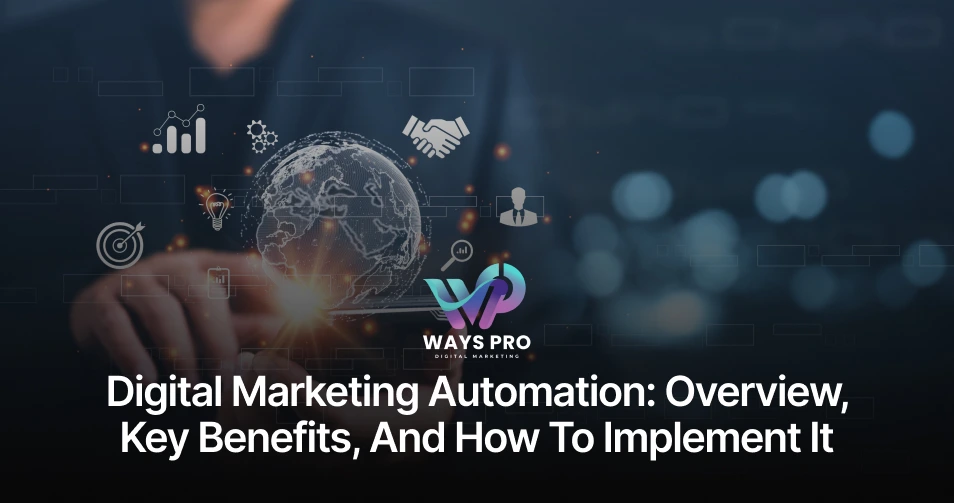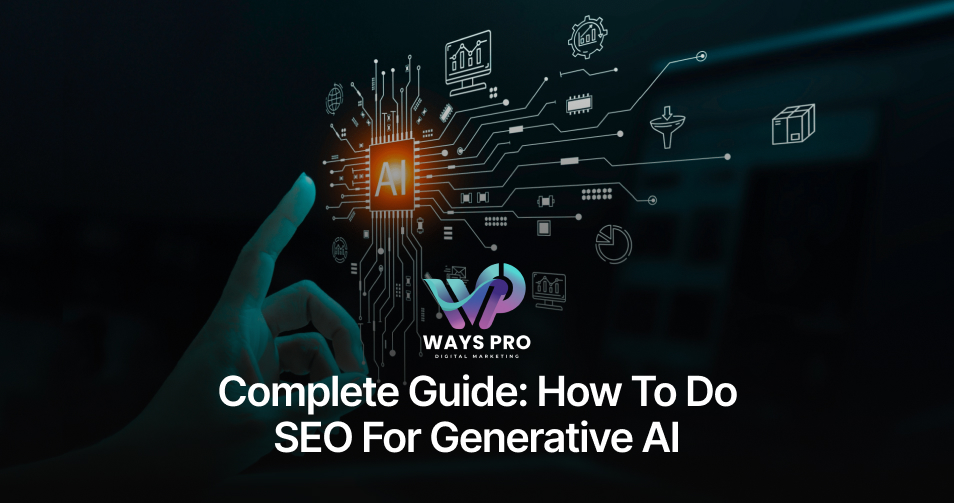The online market is getting competitive every day, and no business wants to have a limited audience. Everybody wants more and more people to engage with them. This is where Paid Advertising comes in.
In fact, according to Google Economic Impact, businesses can get an average return of $8 for every $1 spent on Google Ads.
This shows that paid ads can significantly increase revenue, whether you are a start-up company, a global leader, or an individual wanting to do paid advertising yourself. To succeed online, you should know how paid advertising works.
This blog will discuss Everything You Need to Know About Paid Advertising. Let’s step ahead by understanding what Paid Advertising actually is.
Understanding Paid Advertising

Paid advertising is a marketing strategy. Unlike traditional unpaid marketing, this method allows businesses to pay to display their ads on platforms like Google, Facebook, or Instagram. These ads help you in many ways, such as increasing visibility, driving traffic, and generating sales by targeting specific audiences.
For Example:
You started a bakery business, and now you need to market it. You opt out of using paid Google Ads to promote your bakery products. When your targeted audience searches for bakery items or a ‘best bakery near me,’ your bakery’s ad appears at the top of search results, attracting more customers.
Always Keep the Basics of Paid Advertising in Mind:

Identify Your Advertising Goals
The first thing to consider before beginning any paid advertising is what you expect to accomplish.
Are you going to establish brand recognition, acquire new customers, or directly sell products?
So, the advertising goals are essential in establishing a precise and efficient plan for advertising.
Focus on Your Objectives
Your objectives should reflect your general business strategy.
Define concrete advertising objectives, whether raising website traffic or converting visitors into customers.
This way, you can quantify your goals, and changes can easily be made if they still need to be met.
Understand Your Target Audience
Understanding the intended consumers of your services or products is vital in paid advertising.
Learn about who they are, what they like, and how they interact with the internet.
By identifying your target consumers, you can design ads that appeal to them, attract more attention, and convert more leads.
Calculate Your Advertising Budget
Controlling the money invested in paid advertising is critical, and that is why setting a budget is important.
Decide the most optimized budget to invest in paid advertising.
Also, be aware of the costs of various platforms and types of ads to maximize your investments without losing money.
Engage Your Audience Where They Are
To get the most out of your ads, connect with your audience through the channels they commonly interact with.
Whenever you create ads, place them where your target customers are active and engage frequently, whether on social media pages, search engines, or specific websites.
Benefits of Paid Advertising for Businesses

Businesses enjoy countless benefits from paid advertising. Some of the expected benefits here:
Quick Results:
Paid advertising provides instant exposure; the audience will visit the site and purchase immediately.
Targeted Reach:
It enables business organizations to target particular groups of people based on their interests, geographical location, or even their behavior patterns.
Measurable Performance:
It allows the business to monitor outcomes and even modify unique advertisement campaigns for more effective results.
Boost Brand Awareness:
Paid ads help boost brand awareness instantly across the platforms.
Scalable:
Depending on your business, you can budget your ads and scale them up or down.
What is a Paid Advertising Strategy
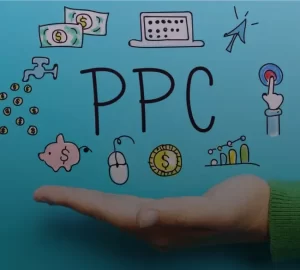
A paid advertising strategy involves placing products or services in advertising channels for sale, such as Google Ads or Facebook ads.
For example, a small business might use Google Ads to target users searching for “best coffee shops in Sydney,” driving relevant traffic to their website.
How to Develop a Paid Advertising Strategy
Developing a paid advertising strategy is like building a solid foundation. The least you can do is take a pen & paper and start writing down the paid advertising techniques you will use. However, some of the essential criteria you have to follow while developing a paid marketing strategy
- Define your goals, such as increasing sales or traffic.
- Identify your potential audience
- Choose platforms where they’re active the most.
- Set a budget to spend on advertising.
- Create compelling ad content, and keep tracking your campaign’s performance to adjust as needed.
What is a Paid Media Channel
The paid media are communication channels that involve paying to place an advertisement or sponsored message within the target audience’s path. You can enhance visibility, traffic generation, and lead generation through these channels through different ads.
Ensuring your budget, efforts, and strategies are investing in the right places is essential. Therefore, you must be aware of which media channels your potential audiences are active and engaging on.
Read the steps below to learn how to do it.
Choosing the Right Paid Media Channel
- It depends on your target audience, goals, and budget.
- But first, you should Understand Your Audience – Know where they spend time online.
- Set Clear Objectives that align with your business goals
- Keep Evaluating Costs.
- Here’s the tip: Google Ads can be effective for paid advertising, allowing you intelligent audience targeting, optimized budget utilization, and complete control of your ad campaign.
Free Google Ads Audit
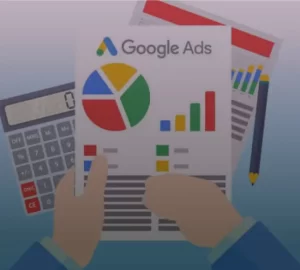
A Free Google Ads Audit is a standard offer from digital marketing agencies that aims to evaluate the effectiveness of your current Google Ads campaigns.
It aids in learning where your ad campaign needs to change, where to allocate advertising funds, and how to enhance the results.
Luckily, WaysPro Tech is here to help you improve your ad performance with our Free Google Ads Audit.
How PPC Advertising Works
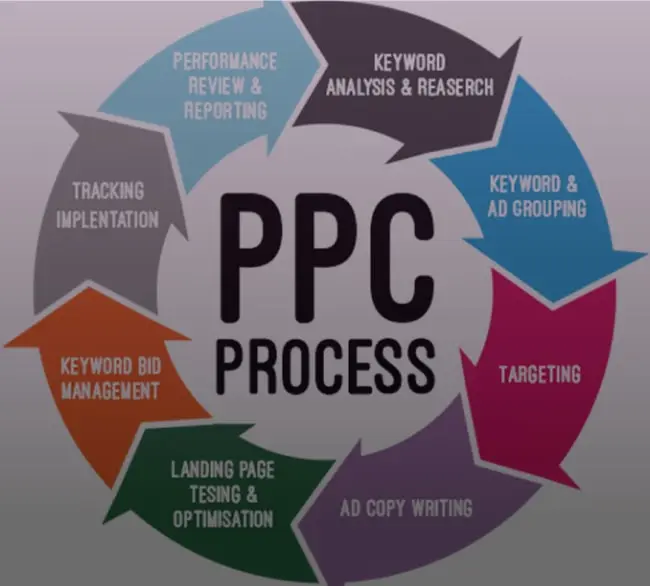
The PPC (Pay-Per-Click) advertising function involves bidding on keywords related to certain products or services.
If a user searches for such terms, advertisements appear, and the firm only incurs a cost when the ad is clicked.
The backend includes Google Ads, which sets up bids, places the ads and monitors their performance to improve outcomes.
History of Online Advertising
Internet advertising dates back to early 1994, when the first banner ad appeared on HotWired.com.
It began a technological revolution in how organizations communicate online to their audiences.
In the early years of the twenty-first century, innovations such as Google Ads brought Pay-Per-Click that expanded the opportunities of targeted, credible, and affordable advertising of the present day.
Measuring Success in Online Advertising
Evaluation and measurement of online advertising is accomplished using indicators which are:
- Click-through rates (CTR)
- Conversion rates
- Return on ad spend (ROAS)
- Cost per acquisition (CPA).
These aid in defining the success of the campaigns you launch.
Reach to the Right Audience Online With Paid Ads
Paid advertising enables advertisers to reach or appeal to a specific demographic background, interest, or behavior or even to people who are searching for particular things at specific times.
How Many Paid Advertising Channels Are There?
- Google Ads
- Microsoft Advertising
- Facebook Ads
- LinkedIn Ads
- Twitter Ads
- Instagram Ads
- YouTube Ads
- eBay Advertising
5 Reasons Why Google Ads is the Best?
- Specificity – The Google Ads interface enables companies to accurately select the audience to which their advert will show up based on keywords, location, and other metrics.
- Instant Returns – You do not need to wait until your website ranks high on the SERP to see results, as Google Ads places your website in front of a targeted audience within minutes.
- Measurable Performance – Performance measurement allows for tracking conversions, clicks, and ROI to improve campaign performance.
- Cost Control – Fixed cost means that the company only pays for what is advertised based on the cost per click (PPC).
- Global Targeting – You can reach millions of potential customers through Google’s worldwide search and display advertising network.
How Many Paid Ad Platforms and How to Set Up Paid Ads?
Google Ads
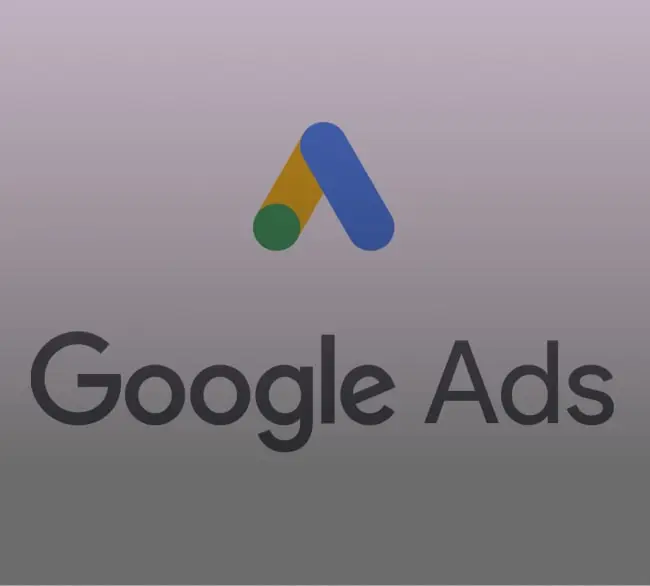
- Create an account.
- Choose a campaign type (Search, Display, etc.).
- Set your budget.
- Select targeting options.
- Write ad copy and select keywords.
- Launch the campaign.
Microsoft Advertising
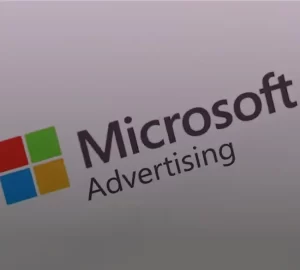
- Sign in or create an account.
- Choose “Create campaign.”
- Select the campaign goal.
- Set a daily budget and bid strategy.
- Add keywords and create ads.
- Launch your campaign.
LinkedIn Ads
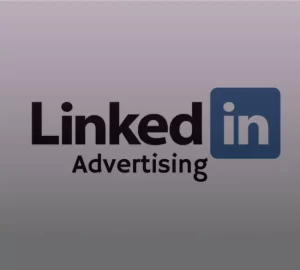
- Create a LinkedIn Campaign Manager account.
- Choose ad format (Sponsored Content, Text Ads, etc.).
- Set your target audience.
- Define your budget and schedule.
- Write ad copy and add visuals.
- Launch your campaign.
Facebook Ads

- Set up a Facebook Business account.
- Go to Ads Manager and click “Create.”
- Choose your campaign objective.
- Define your audience and placement.
- Set your budget and schedule.
- Create ads and publish.
Twitter Ads
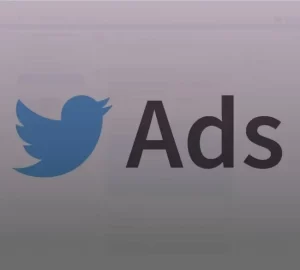
- Log into your Twitter account.
- Access Twitter Ads via the drop-down menu.
- Select campaign objectives (website clicks, engagement, etc.).
- Set targeting options and budget.
- Create your ad content.
- Launch the campaign.
eBay Advertising
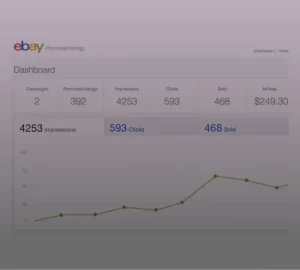
- Sign in to your eBay account.
- Go to Seller Hub and click on “Promotions.”
- Choose an advertising option (Promoted Listings, etc.).
- Set your budget and duration.
- Select items to promote.
- Activate your ad campaign.
What is the Ideal Cost Per Acquisition

The Ideal Cost Per Acquisition, or CPA, is the maximum amount of money a business is willing to spend to acquire a new customer. It helps you decide how much money can be spent on marketing and advertising strategies while remaining profitable.
What is the role of Ideal Cost Per Acquisition in Paid Advertising?
Ideal CPA plays a significant role in paid advertising because it determines the campaign budget.
Also, It assists businesses in identifying the impact of their advertisements, managing expenditures, and achieving the right mix of expenses and clients so they can grow steadily.
How to Measure Campaign Performance?
- Track Key Metrics:
Measurement should use values such as click-through rate (CTR), conversion rate, and return on investment (ROI).
- Use Analytics Tools:
Use Google Analytics to analyze user interactions and evaluate a campaign’s effectiveness.
- Set Clear Goals:
Set clear goals to check whether the campaign corresponds to the required results.
- Conduct A/B Testing:
Compare ads to find which form yields the best results and adapt it to your plan.
- Gather Feedback:
Gather the customers’ opinions to detect their perceptions and apply them to better subsequent promotions.
Alternatives to Paid Advertising
Content Marketing:
Produce helpful content to draw the audience to your site and successfully promote your business, significantly increasing the organic traffic.
Social Media Marketing:
Use social media to reach your audience for interaction and general advertising through posts and comments.
Email Marketing:
Develop and maintain good customer relationships using email marketing that focuses on passing relevant information and special deals.
Paid Ads’ Tracking and Analytics
Paid ads tracking tracks a campaign performed by tools such as Google Analytics. This helps track other factors, such as click-through rates, conversions, or the Return on Investment, to see the results.
Paid Ads and its Key Performance Indicators (KPIs)
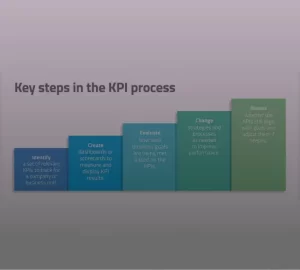
Key performance indicators (KPIs) are the metrics that reveal quantifiable data and updates of any project or campaign.
As a result, the campaign manager or owner can revise, modify, and make necessary changes.
In Paid Ads, the following are the essential KPIs:
- Click-Through Rate (CTR)
- Cost Per Click (CPC)
- Conversion Rate
- Return on Ad Spend (ROAS)
- Customer Acquisition Cost (CAC)
Optimizing PPC Campaigns
To optimize PPC campaigns, you have to:
- Keep refining keywords
- Make necessary adjustments in your ad copies
- Identify and Target specific audiences
- Analyze performance regularly
- Remember that continuous testing and adjustments can enhance efficiency and lower costs.
Bidding on Competitor Terms
Bidding on competitor terms of PPC means creating the ad associated with keywords related to competitors.
For example, if you sell sports shoes and your competitor is Nike, you might bid on keywords like “Nike running shoes.”
This means that when a person types that word, your ad can pop out alongside Nike’s ads. This makes you conspicuous and may also draw traffic from individuals who may be interested in your competitor’s products. This way, users will still consider your brand if you offer different selling points or discounts in your ads.
Advanced Google Shopping Optimization Tips
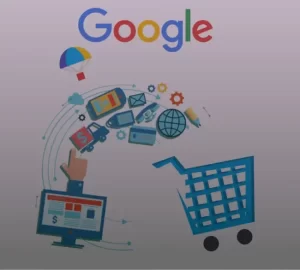
To optimize Google Shopping Campaigns properly, begin with excellent product images highlighting your products’ best.
For example, if you’re selling a backpack, use images that show it from different angles and in use. Next, ensure your product titles and descriptions include relevant keywords like “waterproof hiking backpack.”
This makes them readily available in the search results people make about products or services similar to yours.
Use custom labels to organize the products by category to simplify bidding per overall performance.
Last, use Smart Shopping campaigns to adjust bidding and targeting options so you don’t worry about other business components while getting the most out of promotions.
Time to Wrap Up
In conclusion, paid advertising remains adequate for organizational usage when a business needs instant promotion and tangible outcomes.
In the upcoming years, paid advertising trends will be reinvented with innovation and fresh technological and data science approaches to deliver the best ad strategies.
Personalization and the incorporation of artificial intelligence will continue to be critical factors that remain relevant.
Businesses must research their target markets and adjust their ad campaigns to take advantage of these new channels and opportunities.
When these strategies are correctly incorporated, most businesses can achieve the optimum advertising return on investment and sustainability in the current complex digital environment.

